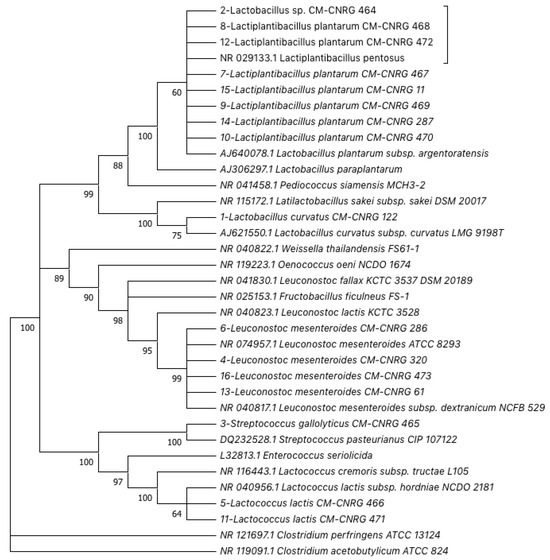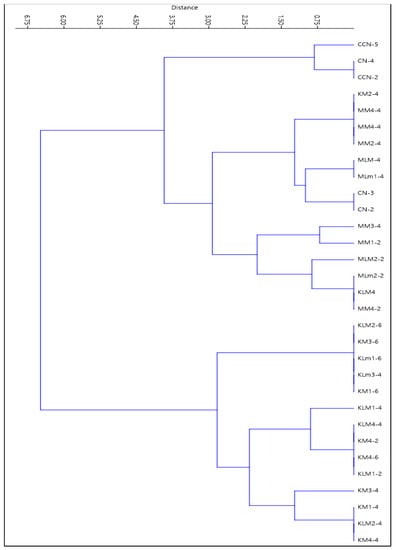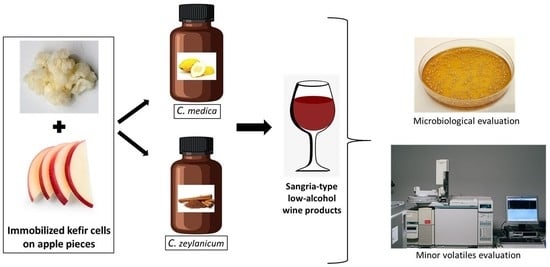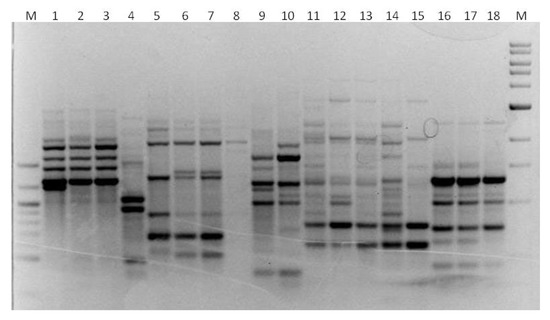Microbiology and Technology of Fermented Foods
A topical collection in Microbiology Research (ISSN 2036-7481).
Viewed by 26681Editor
Interests: food microbiology; food safety; food fermentation; lactic acid bacteria; dairy food technologyfunctional foods; probiotics; prebiotics; organic acid production; spoilage microbes; fermented beverages; bioconversion process; rapid methods for detection foodborne pathogens
Special Issues, Collections and Topics in MDPI journals
Topical Collection Information
Dear Colleagues,
Food fermentation is one aspect of food processing that uses microorganisms’ metabolic activity and growth for the stabilization of perishable agricultural produce. This technology has also progressed beyond food preservation into a tool for creating suitable organoleptic, nutritional, and functional attributes in food products. Fermented food constitutes a significant portion of our diet. Therefore, there is a growing interest in fermented food products due to their health benefits. With recent advancements in science, especially with the use of molecular approaches, new techniques can be applied to fermentation technology. In this Topical Collection, we would like to invite scientists to submit research manuscripts, notes, reviews, mini reviews, opinions, laboratory instructions (teaching tools), and short notices related to innovative research and techniques applied to food fermentation technology. This Topical Collection is a wonderful opportunity for us to share our knowledge, experience, and expertise with a broader audience. Thank you so much for your interest and support.
Prof. Dr. Salam A. Ibrahim
Collection Editor
Manuscript Submission Information
Manuscripts should be submitted online at www.mdpi.com by registering and logging in to this website. Once you are registered, click here to go to the submission form. Manuscripts can be submitted until the deadline. All submissions that pass pre-check are peer-reviewed. Accepted papers will be published continuously in the journal (as soon as accepted) and will be listed together on the collection website. Research articles, review articles as well as short communications are invited. For planned papers, a title and short abstract (about 100 words) can be sent to the Editorial Office for announcement on this website.
Submitted manuscripts should not have been published previously, nor be under consideration for publication elsewhere (except conference proceedings papers). All manuscripts are thoroughly refereed through a single-blind peer-review process. A guide for authors and other relevant information for submission of manuscripts is available on the Instructions for Authors page. Microbiology Research is an international peer-reviewed open access monthly journal published by MDPI.
Please visit the Instructions for Authors page before submitting a manuscript. The Article Processing Charge (APC) for publication in this open access journal is 1600 CHF (Swiss Francs). Submitted papers should be well formatted and use good English. Authors may use MDPI's English editing service prior to publication or during author revisions.
Keywords
- food fermentation
- biotechnology
- bioprocess
- lactic acid bacteria












